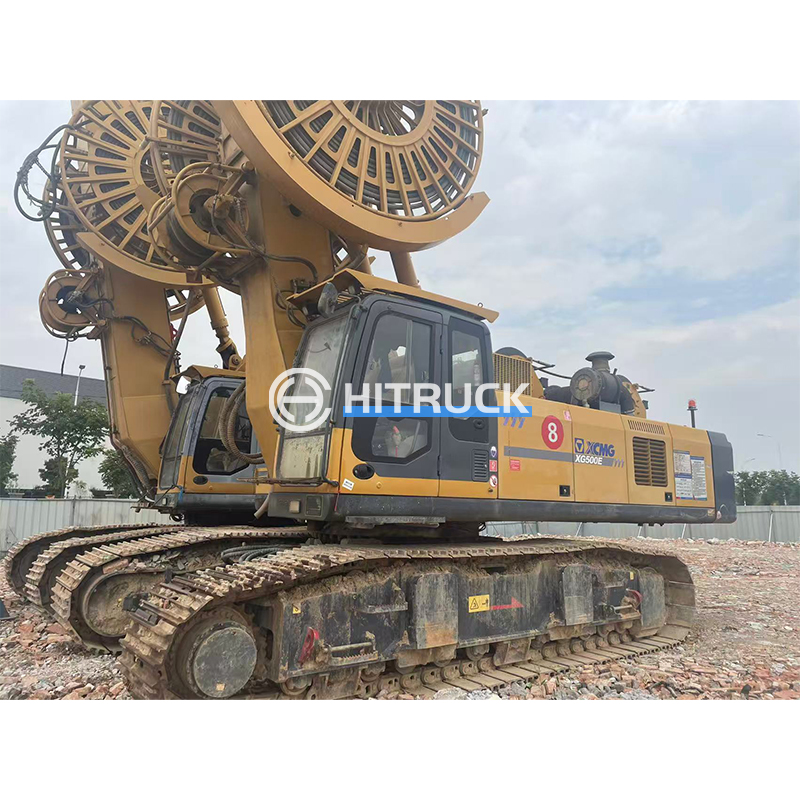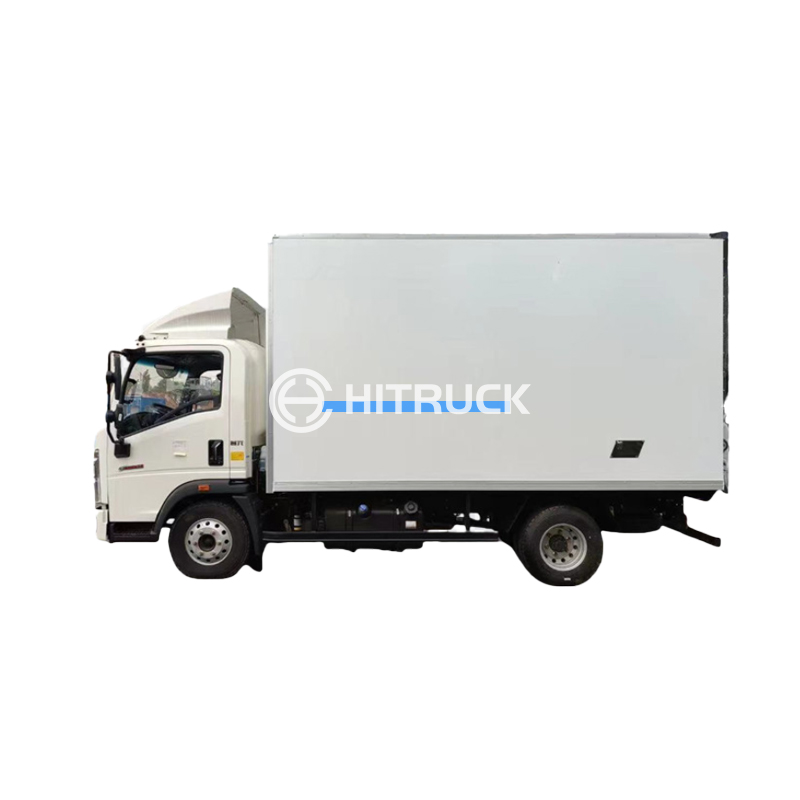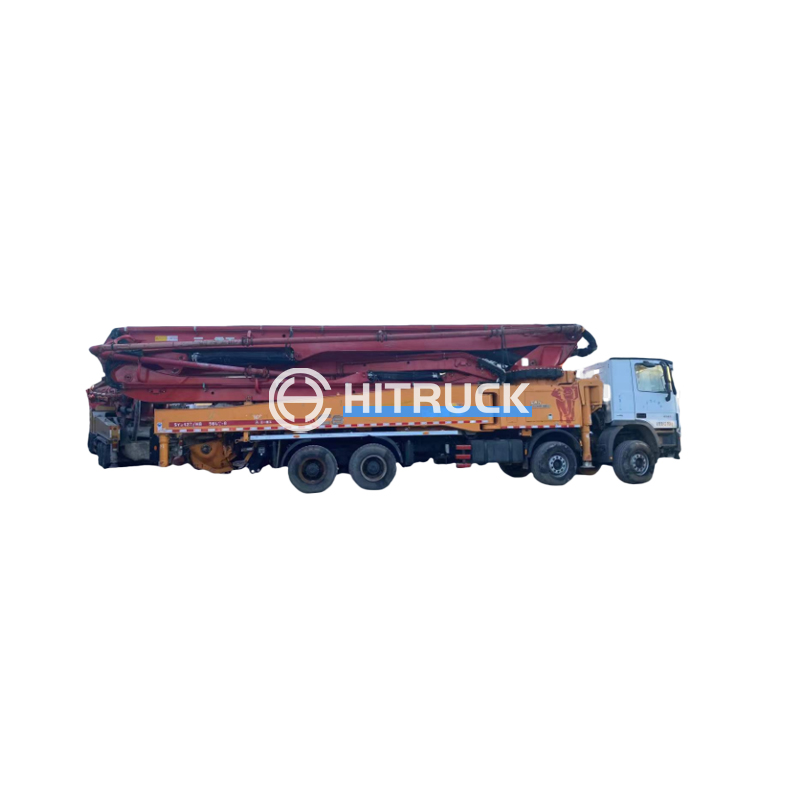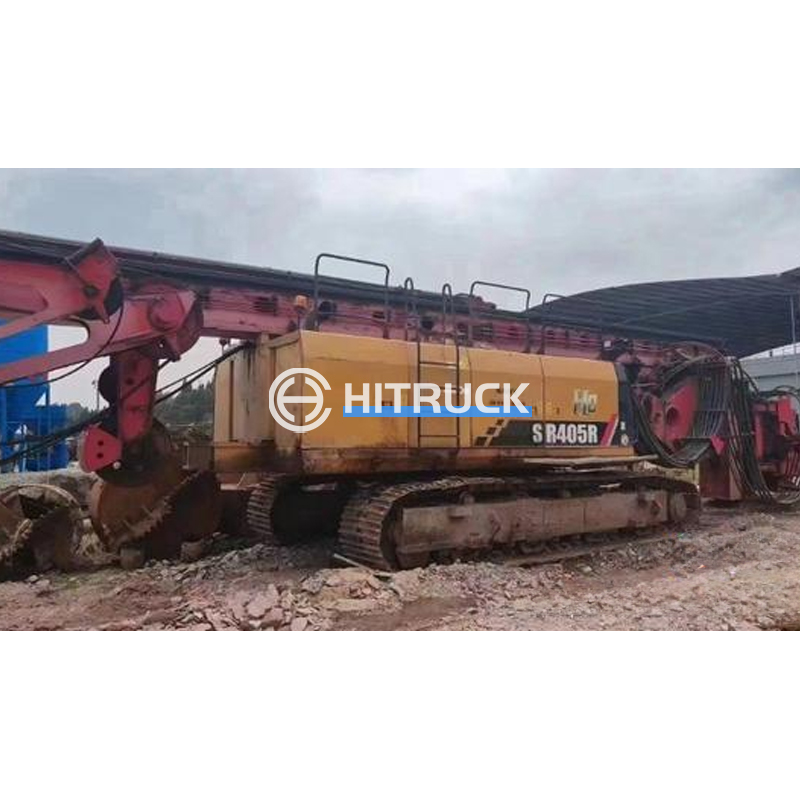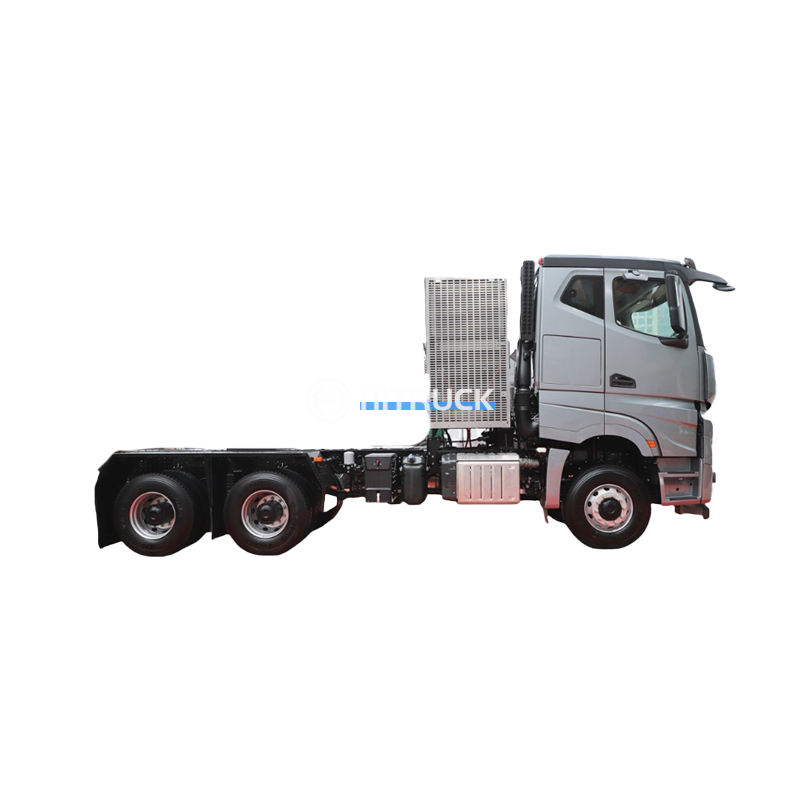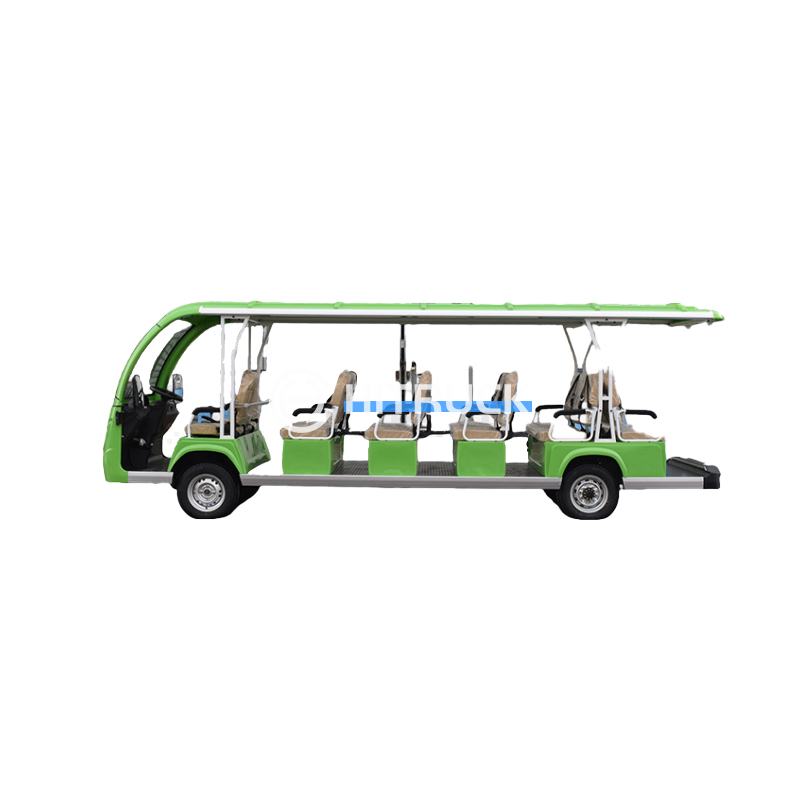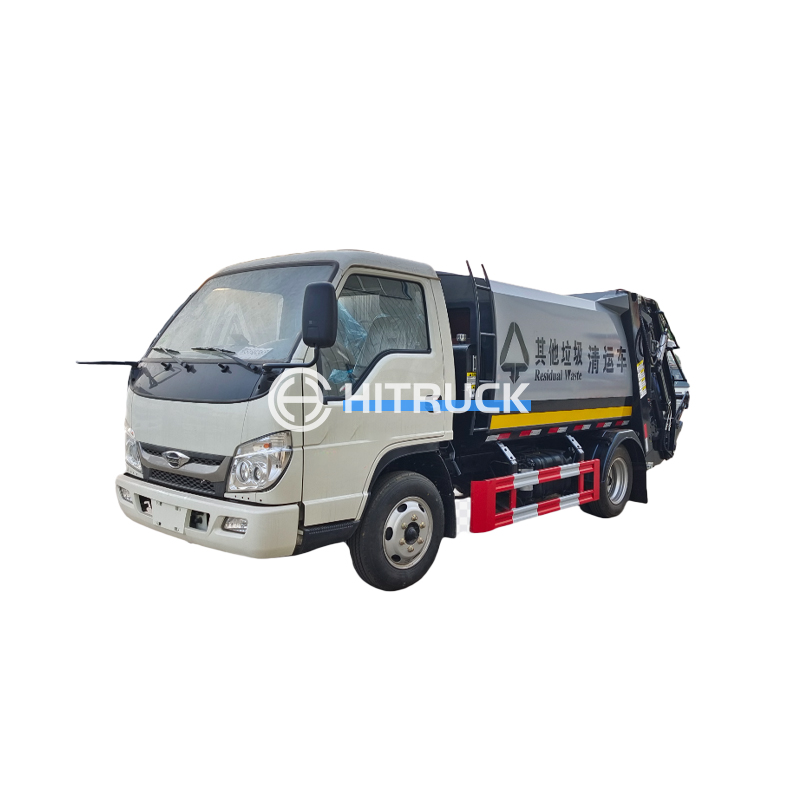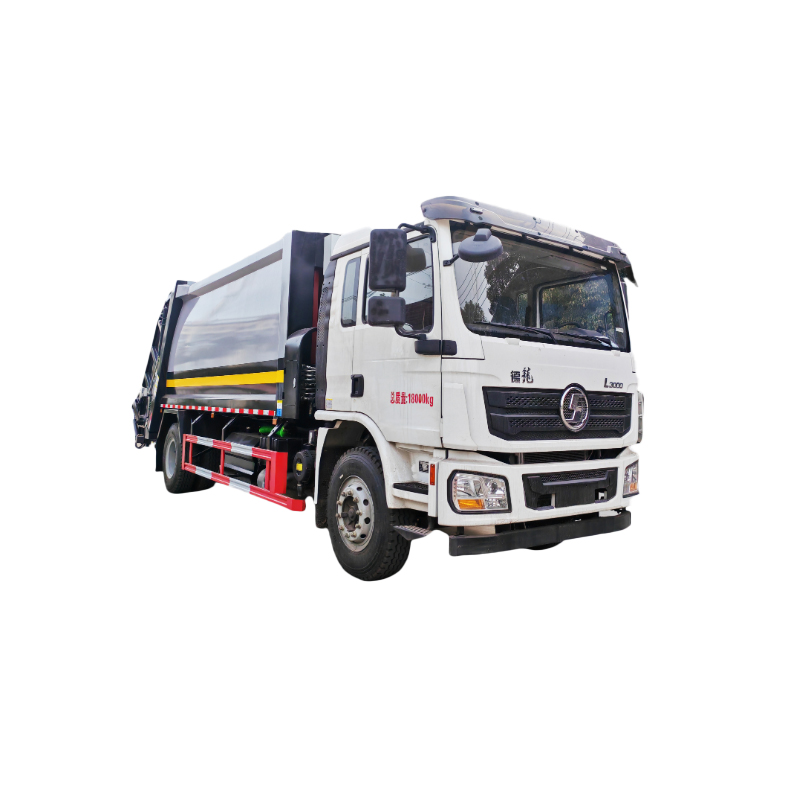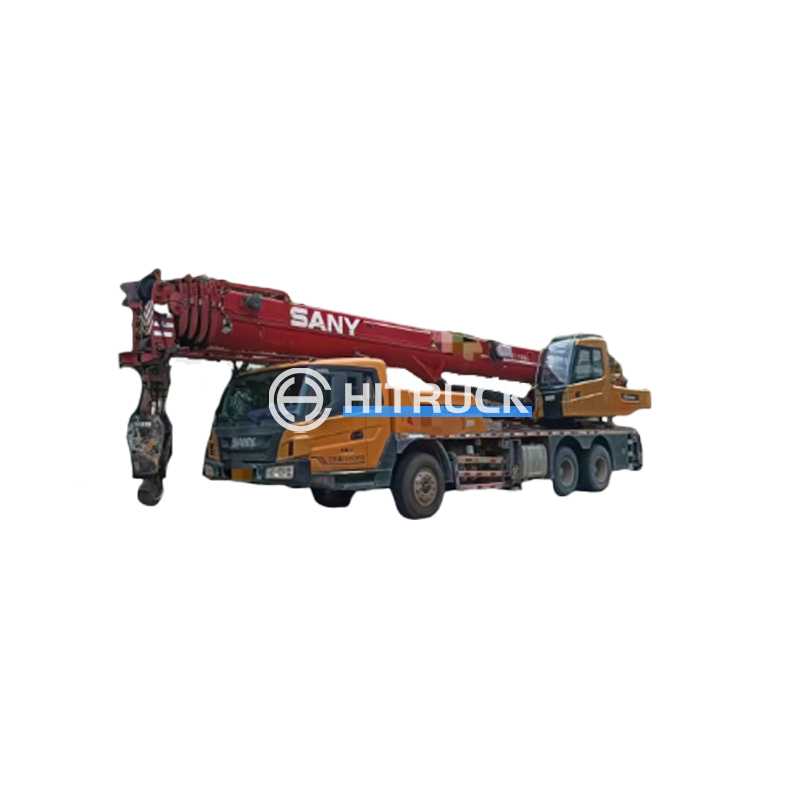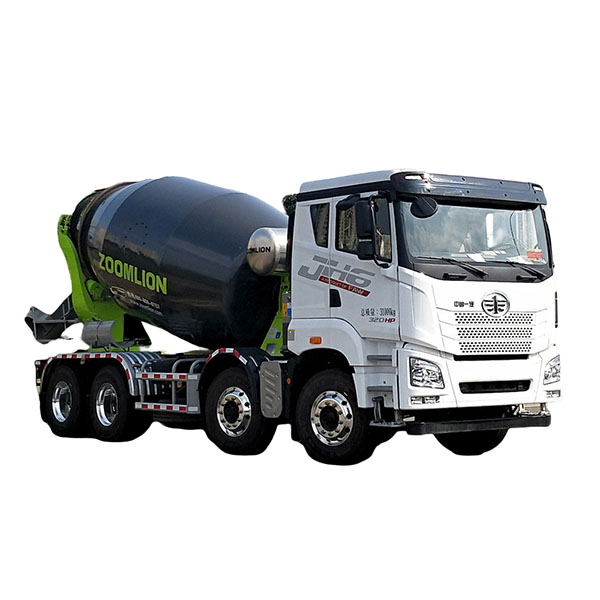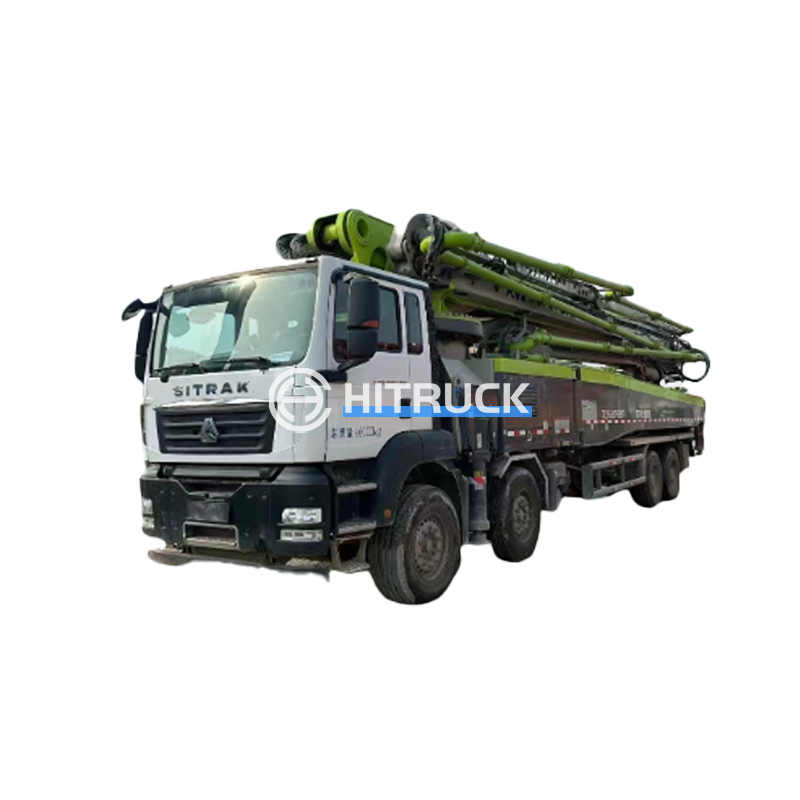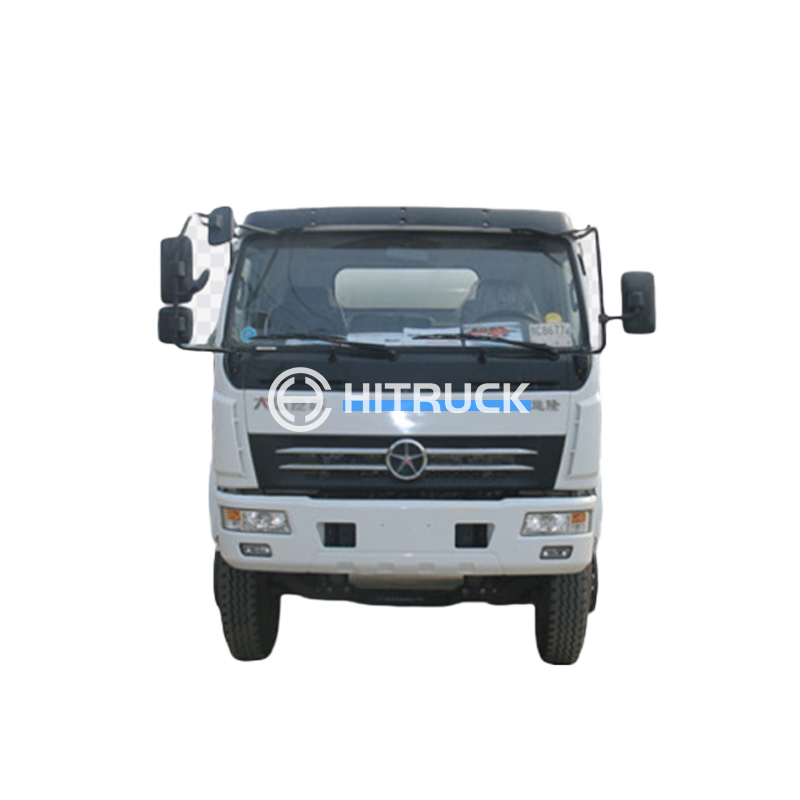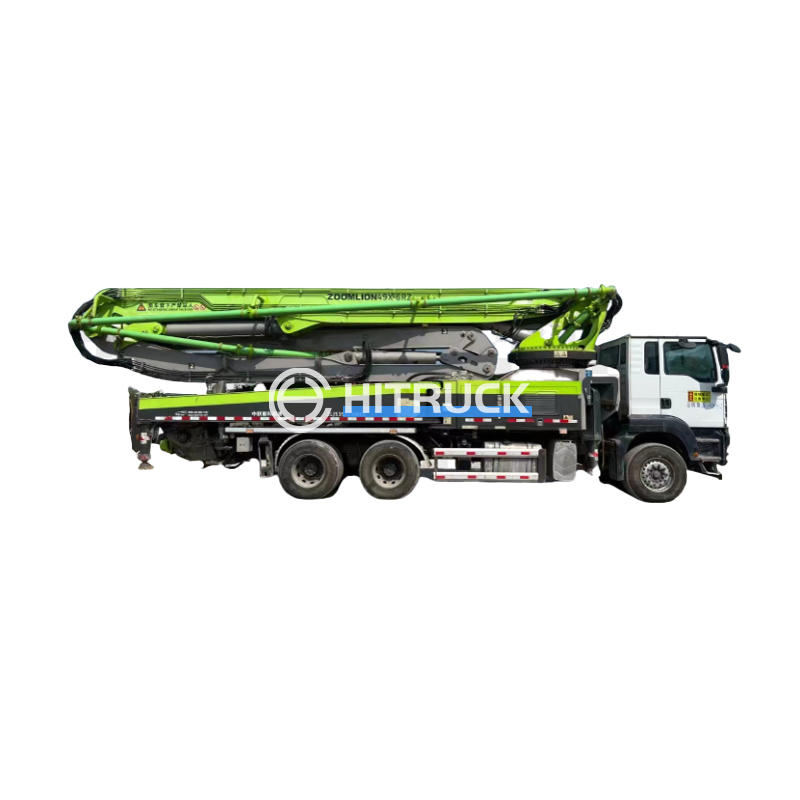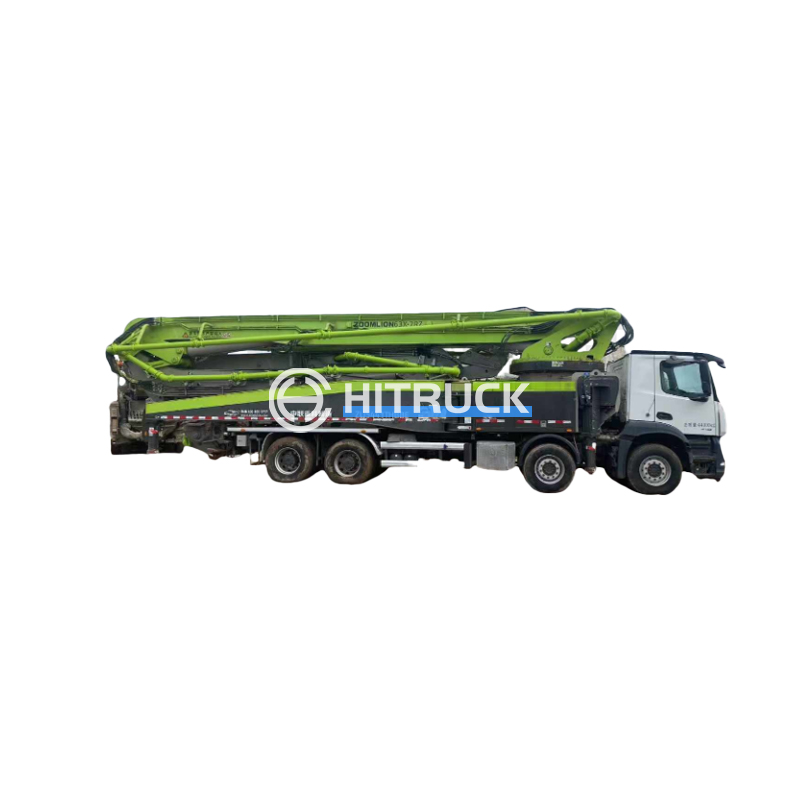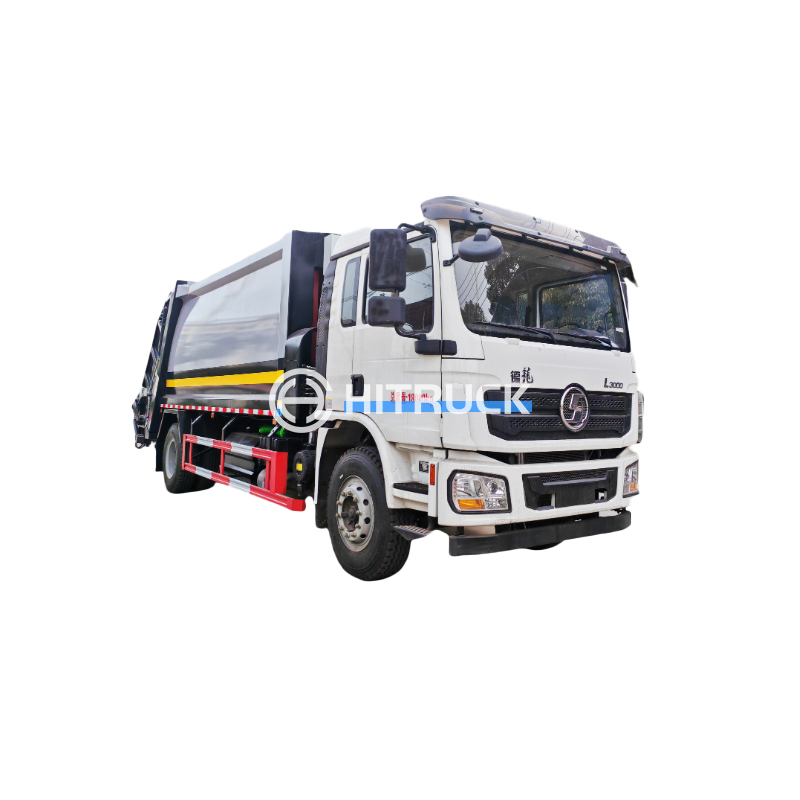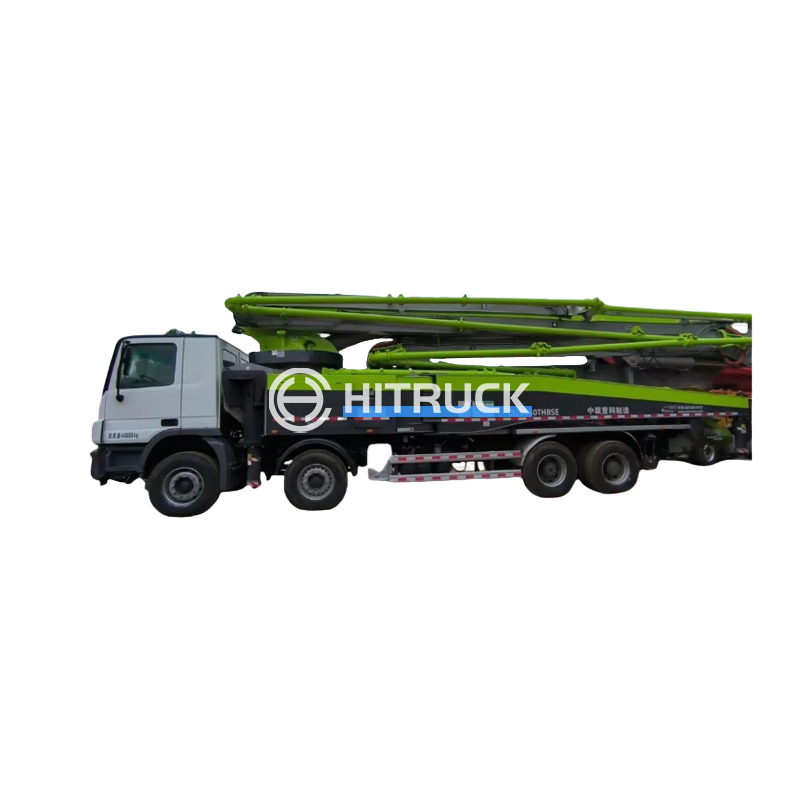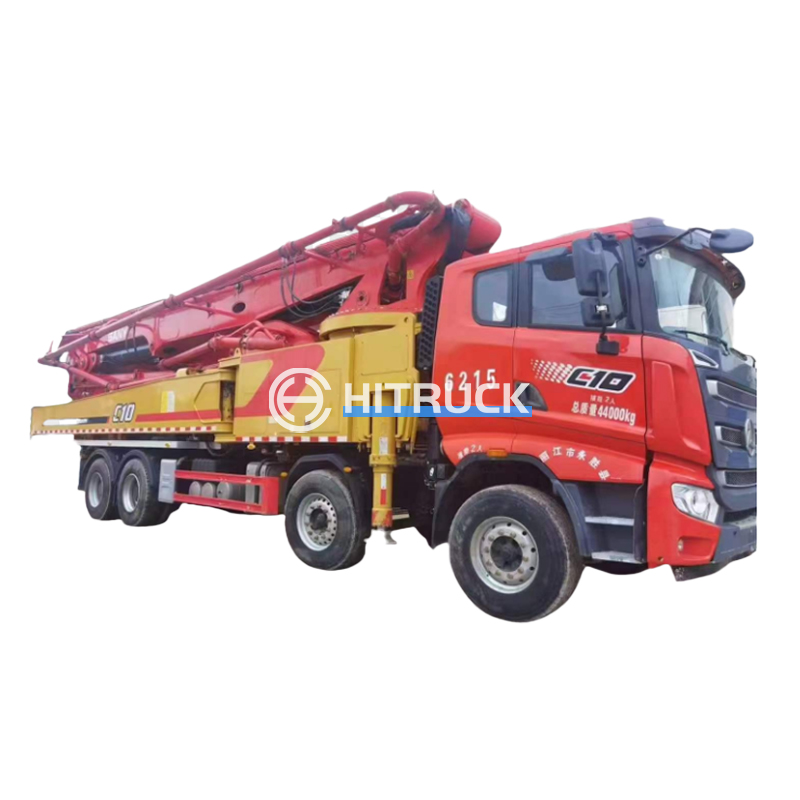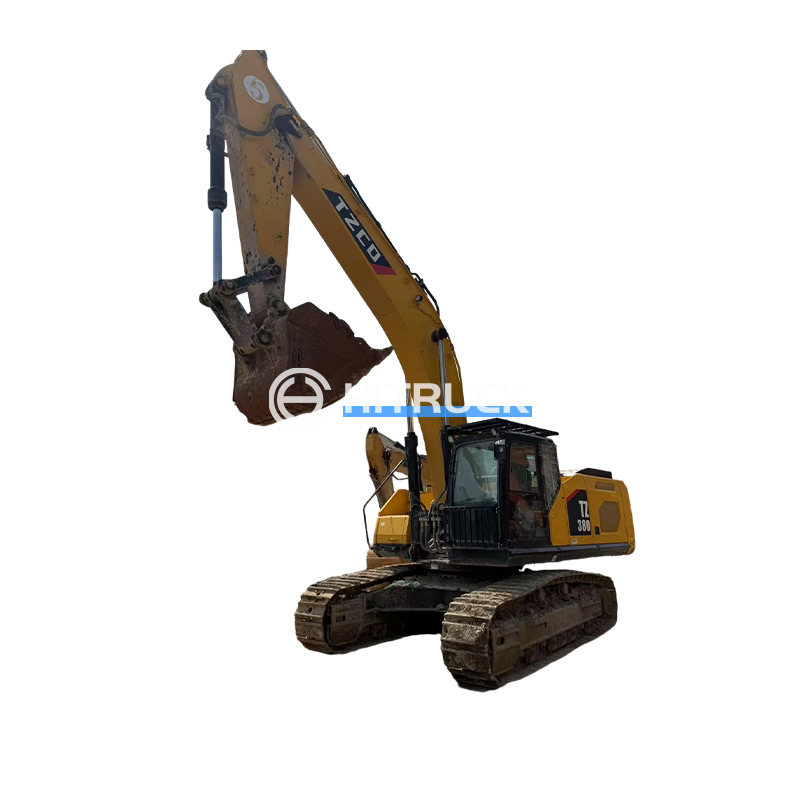Effective Dust Control with Water Trucks
This comprehensive guide explores the use of water trucks for dust control, covering various applications, techniques, and considerations for optimal results. We'll delve into the benefits, challenges, and best practices to help you effectively manage dust with water truck dust control solutions. Learn about different truck types, water management strategies, and environmental considerations.
Understanding the Need for Dust Control
The Impact of Dust
Dust poses significant challenges across numerous industries and environments. From construction sites and mining operations to agricultural fields and even urban streets, uncontrolled dust can lead to respiratory problems, reduced visibility, damage to equipment, and environmental pollution. Effective water truck dust control is crucial for mitigating these issues and ensuring a safe and productive work environment. Choosing the right method depends heavily on the specific application and the scale of the project. For large-scale operations, dedicated water truck dust control services may be necessary, while smaller projects might benefit from smaller, more agile solutions.
Types of Water Trucks for Dust Control
Choosing the Right Equipment
Various water trucks cater to different needs. Smaller trucks are ideal for smaller projects and tight spaces, while larger trucks with higher water capacity are necessary for extensive areas. Consider factors like tank size, pump capacity, nozzle types, and maneuverability when selecting a water truck for dust control. The features of the truck significantly impact the efficiency of your water truck dust control strategy. For example, a high-pressure pump will allow for more effective dust suppression, especially in windy conditions. You should also assess the terrain where the truck will be operating, as some trucks are better suited for rough terrain than others.
Effective Water Truck Dust Control Techniques
Optimizing Your Approach
The effectiveness of water truck dust control depends on more than just the equipment. Proper techniques are essential. This includes the correct water application rate, timing, and nozzle selection. Applying too much or too little water can be inefficient. The optimal approach often involves a combination of techniques tailored to the specific site conditions and dust source. Regular maintenance of the equipment is also crucial for ensuring optimal performance and preventing breakdowns. Regular inspections of the water tank, pump, and nozzles are important. Consider using water treatment additives to enhance dust suppression efficacy, and always prioritize safety when operating water trucks.
Water Management and Environmental Considerations
Sustainability and Efficiency
Responsible water usage is critical. Employ water conservation techniques, such as using recycled water where possible, to minimize environmental impact. Consider the water source and its potential effects on the environment. Proper disposal of wastewater is also crucial. Implementing a comprehensive water truck dust control plan that considers environmental sustainability ensures long-term effectiveness and responsible resource management. The frequency of water application should also be adjusted based on weather conditions, such as wind speed and humidity. Increased wind speeds may necessitate more frequent watering to maintain effective dust suppression.
Case Studies and Best Practices
Real-World Examples
Successful water truck dust control projects showcase the effectiveness of well-planned strategies. Analyzing these case studies provides valuable insights into best practices, including selecting appropriate equipment, optimizing application techniques, and integrating sustainable water management strategies. These real-world examples highlight the importance of planning and execution in achieving effective dust control. Many companies offering water truck dust control services provide detailed case studies and testimonials on their websites. Review these resources to understand the impact and efficacy of the service across different industries and applications.
Conclusion
Effective water truck dust control requires a holistic approach encompassing equipment selection, application techniques, water management, and environmental considerations. By understanding these key aspects, you can significantly mitigate dust-related challenges, creating safer, healthier, and more productive environments. Remember to always consult local regulations and environmental guidelines when planning and executing your water truck dust control strategy. For further information on heavy-duty trucks and related equipment, visit Suizhou Haicang Automobile sales Co., LTD.
| Truck Type | Water Capacity (gallons) | Pump Pressure (PSI) |
| Small Water Truck | 500-1000 | 50-100 |
| Medium Water Truck | | 100-200 |
| Large Water Truck | 2000+ | 200+ |


